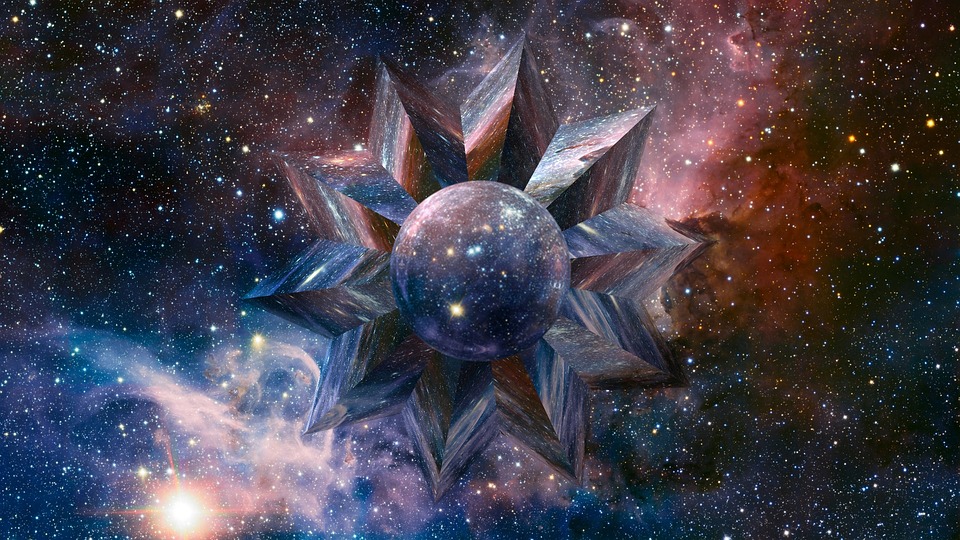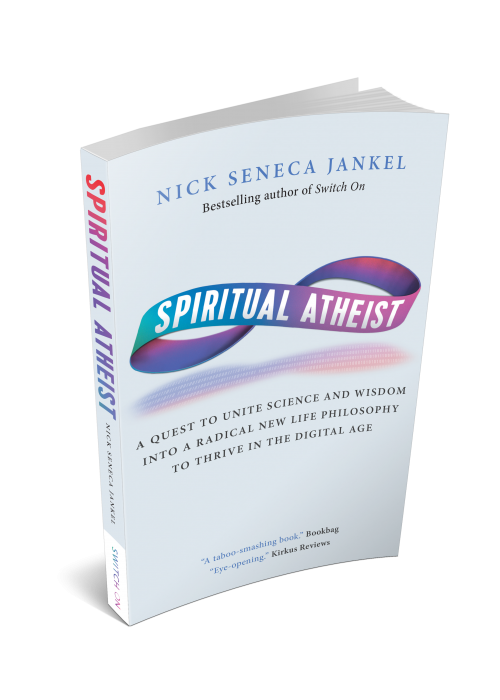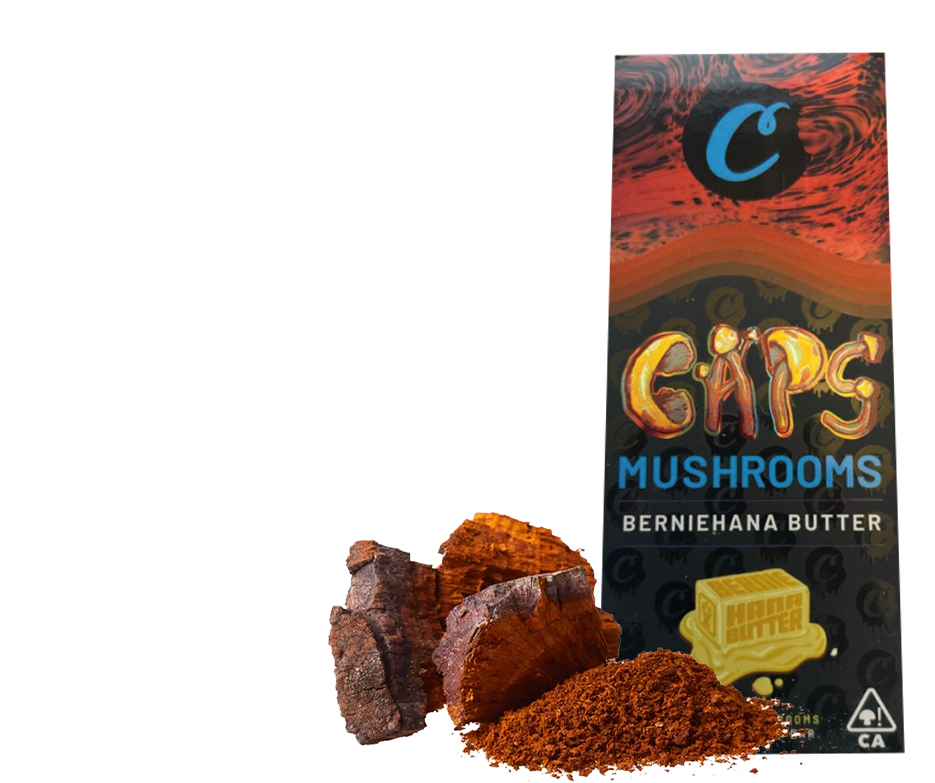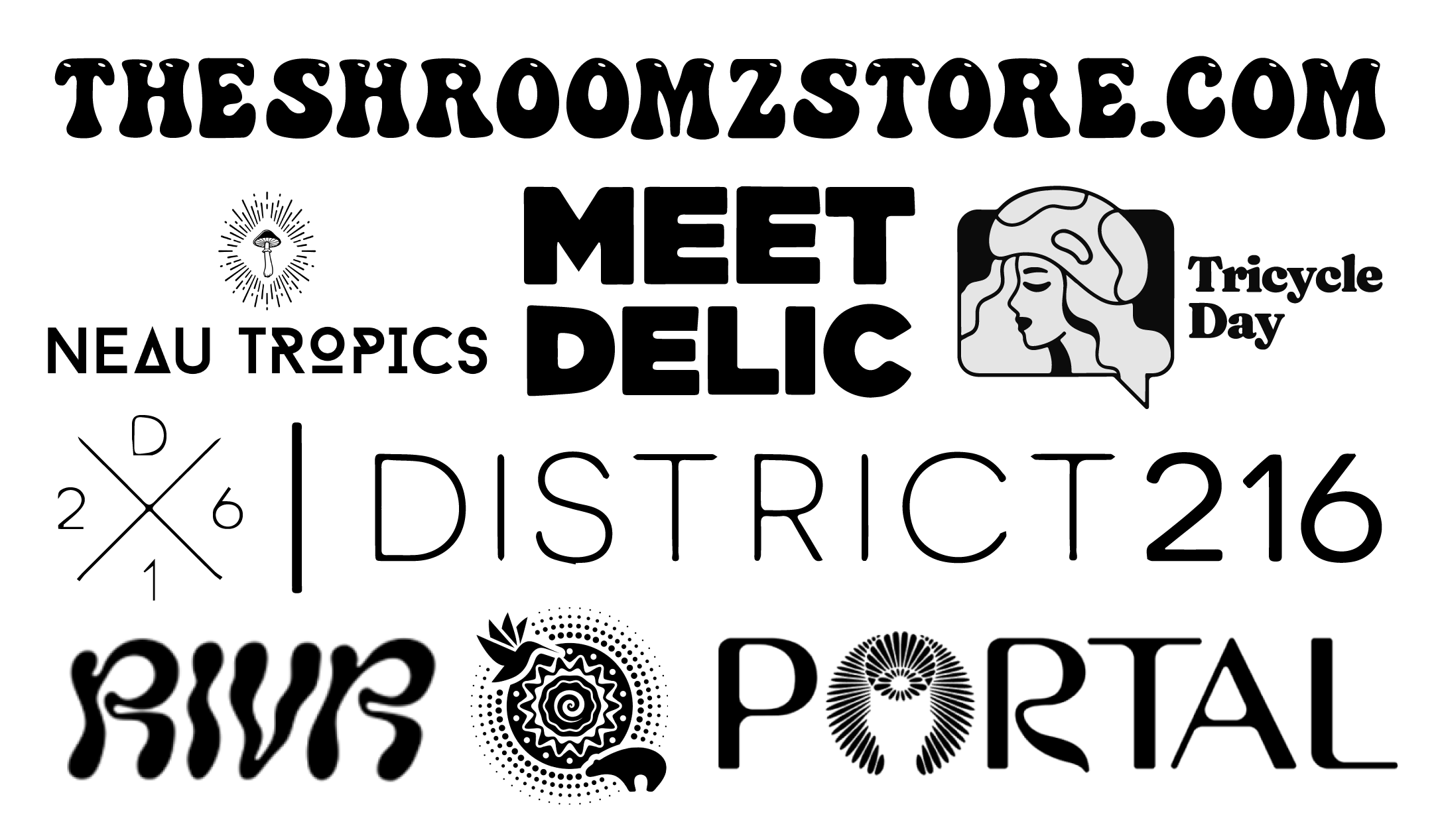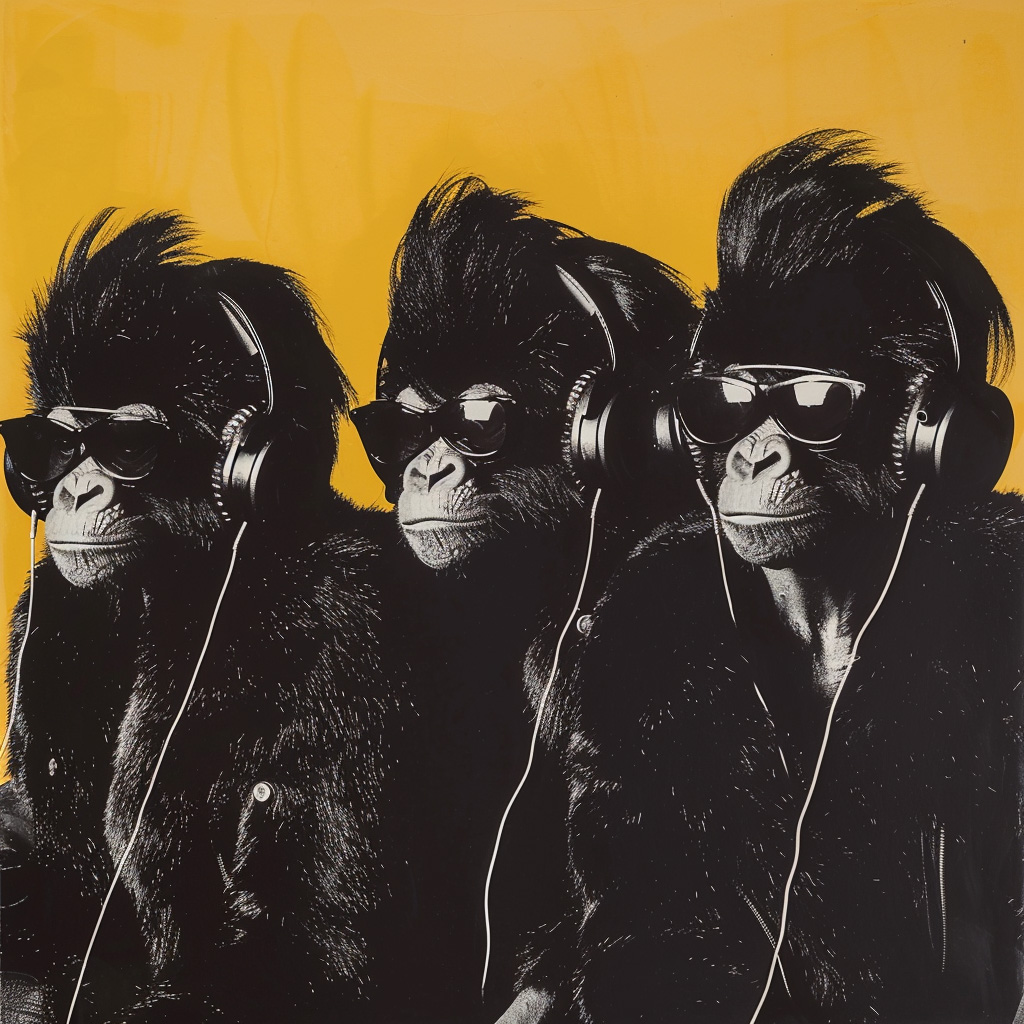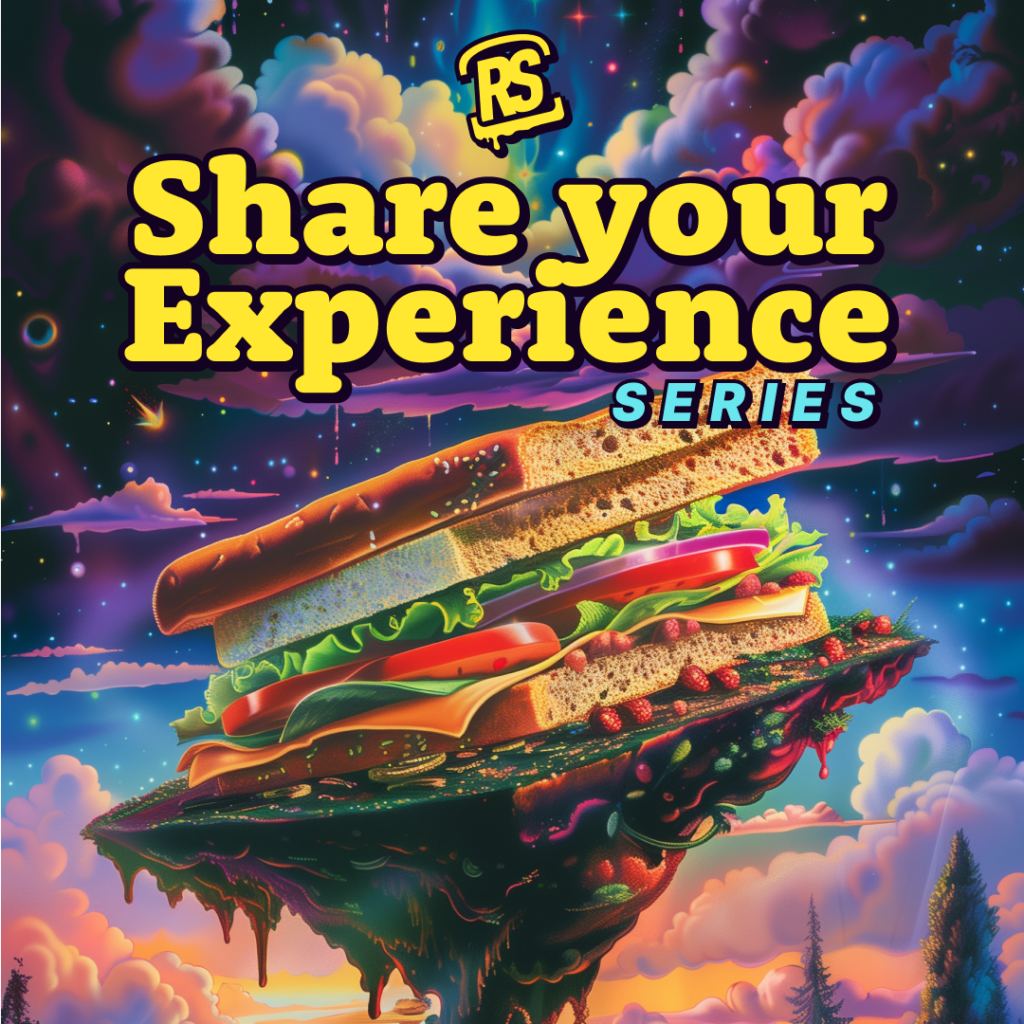The following essay is excerpted from Spiritual Atheist: A Quest To Unite Science and Wisdom Into A Radical New Life Philosophy To Thrive In the Digital Age by Nick Jankel, published by Switch On.
There I was, having just turned thirty, a supposed business success… and I was a wreck. I decided that I needed to do whatever it would take to heal myself once and for all. That meant dealing with the seemingly endless shame and pain of thinking myself to be a fat, ugly, unlovable guy; the social anxiety I felt as I walked into every party or meeting; the damaged relationship templates that tanked my capacity as a leader and lover; and the gnawing physical agony in my muscles. I wanted to make sure I would never have a breakdown forced upon me again, nor be at the mercy of unconscious forces that could jeopardize my relationships, my work, and my health.
I had two guides toward the light at the end of the tunnel: anguish and yearning. They usually are available to us all to move us forward toward our own transformation and so, freedom. For me, the pain was full-blown fibromyalgia (including fatigue and irritable bowel syndrome) and the chronic depression, and anxiety that had been troubling me since my youth. The yearning was to find my way to a life philosophy, and a reliable set of tools and practices, that could provide me with an emotional safe haven and a lodestone of meaning to guide me onward.
Conventional atheism had taken me far, enabling me to escape from the outdated rules of religion, become more scientific in my outlook and recognize the desire for power-knowledge that hides behind so many claims to truth. However, something was clearly still missing, I reasoned, because otherwise I would not be in the mess I was in. I recalled one of the life-changing insights of my time studying philosophy: epistemological rupture or breakthroughs happen when we examine our assumptions and ask ourselves whether they’re still helping us thrive.
By systematically questioning everything I thought I knew, I realized that I had fallen for the materialist paradigm—as it manifests in science, technology, and business—without fully understanding the central assumptions it rests upon. Plato called such assumptions “noble lies”. The foundational noble lie at the heart of materialism is that we are separate entities from the material world around us. This leads us to feel like we are lonely, lack some things and are fearful of others. On the separation between I as a scientist and It as an object, the rational knowledge, technologies, and businesses that help us live such long, yet often unhappy and unfulfilled lives, have been built.
Materialism has us see the world through a lens that has been fully disenchanted from faith and magical thinking. Materialism seeks to dismiss spirituality as weird and Woo Woo while elevating the rational as the only truth in town. This anti-wisdom stance, requires us to downgrade our subjective, emotional experiences in favor of dispassionate, rational objectivity. We must switch off our empathy and compassion in order to be ‘scientific’, ‘business-like’, and ‘man up’.
The logical conclusion of this materialist worldview is that the universe is empty of meaning, consciousness and love. It is made up of inert matter that has, by chance, produced life. Interior qualities like joy and purpose cannot be measured in chemical mass or amounts of currency, so they are seen as not real. Untempered by ‘illusory’ secondary qualities, rationality has prioritized efficiency and productivity above all else. But materialism clearly does not have all the answers. Materialism cannot ensure hungry mouths are fed in the booming economies of California and Nigeria, let alone assuage the anxiety and depression that are running rampant in every modern society.
No matter how much religion I had rejected and science I respected, I was never fully willing to give up the idea that there may be purpose, meaning, and love inherent in the building blocks of the universe. But, like many atheists, I had always been turned off by spirituality wrapped up in New Age packaging. The aesthetics did nothing for me. The superstitions about ‘chem-trails’ and the like, which I had first encountered as a teenager at the squat parties of Camden Town in the late eighties, were a turnoff. It all seemed too close to the mumbo-jumbo side of the religion I had chosen to walk away from.
So I decided to follow the motto of the Royal Society, the British science institution: nullius in verba, or “Take nobody’s word for it”. Siddhārtha Gautama, aka the historical Buddha, said something similar in the Kalama Sutta (or sutra): “Do not go with what you have acquired from repeated hearing, nor upon tradition, nor upon rumor, nor upon scripture.” So I ignored the New Age packaging and dived into many different ways to explore my inner world to try them out for myself. Soon I was reading ‘uncool’ books with lotus blossoms on their front cover, and attending workshops marketed with badly designed yin-yang symbols. Hackles raised, I nevertheless gave up my reservations and plowed in.
I let go of my resistance to the lurid associations of Mesmerism and learnt how to use hypnotherapy to enter non-analytical, non-rational states. I begun to meditate every day. I tried ‘hot’ forms of spiritual practice, like breathwork and ecstatic dance; and ‘cool’ practices like the Chinese art of qi gong. I was seeking a reliable route to connected and ecstatic experiences that did not involve any potions: I wanted to find Nietzschean festivals of atonement and sacred games that could give me refuge from my own pain and fear without the distractions of hedonism. I became a fully committed “psychonaut”: a traveler into the inner realms of my own consciousness. I was no longer hooked on wanderlust, seeking the Other as an escape from myself in extreme travel. I was following, finally, the first philosophy principle to “know thyself” (and what we are really capable of).
Once I found a way to stop my mind from thinking, analyzing, and chattering away for a few seconds, and then minutes, at a time I experienced something so seminal that it would change my life for ever. I felt, deep in my entire bodymind, that I was, in a way that is hard to explain in words, connected with the rest of reality. I no longer felt alone or separate; nor fearful and lacking. I felt myself to be a fundamental part of the whole we call “the universe”. I went from seeing the world as many to seeing it as One. This was spiritual enlightenment. This was liberation.
If you look within, and find ways that work for you to enter the flowing, connective consciousness that William James talked about, I am certain that you will discover that you are not limited or separate. You will instead experience yourself as limitless and liberated: an elemental part of life itself. You will overflow with fullness. You will find a refuge within that you can always return to, and within which you can never be emotionally hurt again. In this refuge, no fear, worry or craving can touch you.
As we learn how to go deeper within, with more intense forms of meditation, ecstatic practices and shamanic processes, all separateness between us and the material world melts away. We see just how small the modern, individual ‘I’ is compared to the enormity of the universe. We may reach an end point: an event horizon, where we experience pure awareness without any sense of Self. We are a witness to what is happening, but we are empty of individualistic needs and concerns. When this happens the separate ‘I’ in us “dies”, leaving a sense of presence that is way bigger than ‘me’. We have no mind, or all mind; take your pick. This is the genuine mysterium tremendum et fascinans. And it is freely available to us all in every moment.
If we engage with the mystical realization of unity we go through multiple “ego deaths”: we ‘die’ as separate individuals stuck with old patterns and are ‘reborn’ free and on fire. This can happen multiple times a day. But the last thing our egoic ‘I’ wants to do, as it works so hard to impose order on the chaos and keep us safe, is to die. It thinks that if it does disappear, it will be the end of us. So it fights any wisdom philosophies and practices that might ‘blow it out’ (the literal meaning of the term nirvana). Control and Protect Mode is there to keep us surviving at all costs. So it hangs on tooth and nail to the limited consciousness of the fearful and power-hungry ‘I’ rather than slip into the expansive awareness of being one with the universe. It resists ego-death with ever-stronger patterns and ever-smarter stories. We become more cynical, smart and knowing . . . but lose more connection, love, and flowing.
I call the animating force behind Control and Protect Mode the Protector. The Protector is a metaphor that I use to enable us to engage with this part of us all that resists transformation in an effort to stick with the (mostly illusory) safety of the status quo. The Protector is energized by the drive to survive. It is designed to keep repeating patterns that once worked to protect us rather than risk embracing new ways of thinking and doing that might help us love, lead, and thrive… but could also open us up to criticism and vulnerability.
The tragicomedy is that this part of us, crucial as it is to survive crossing a busy street or stepping on a snake, holds on to pain and patterns that sabotage our plans: you know, plans like having a truly intimate relationship with another human being, trusting our team, or having a fully purposeful career. The protective patterns that enable us to become separate and defended individuals then hold us back from accessing the peace and purpose we yearn for most. The result is suffering surrounded by intense cravings for stuff (profit, power, position) and aversions to pain (criticism, impotence, irrelevance).
When we are in rational and reasonable Control and Protect Mode, the ‘I’ of everyday consciousness appears like an unassailable ‘fact’. So solid does it appear that Descartes mused that only this Self, the self that has awoken to the power of reason, can be the foundation of human knowledge. As Descartes observed, ‘I’ may doubt my body exists—in fact, ‘I’ may doubt that any matter exists outside my consciousness—but ‘I’ cannot doubt that I exist when I am thinking.
When this separation between observer and observed became embedded within the core episteme of the modern world, we were cast adrift from our own essence as united with the whole. We became marooned on islands of isolation and alienation. Yet we only need look at Ubuntu in Africa to realize that the concept of a totally separate, rational individual with private needs and private property does not exist in the same way in every culture. In fact, with Ubuntu, people are not born as a self-contained Cartesian subject. They acquire their sense of ‘I’ through relationships with other human beings (and organisms).
When we actively choose to get out of our heads, and into our bodies through meditation or ecstatic experience, the separate ‘I’ of modernity turns out to be way more ephemeral than it first appears. If we shift our attention away from the separatist logic of Control and Protect Mode, towards the unitive feelings of Create and Connect Mode, the ‘I’ starts to take a back seat. In this moment, the Connector within us takes over and allows the Protector, full of patterns about being right and in control, to relax.
Together, the great wisdom traditions—such as Taoism, Sufism, Kabbalah, some forms of Buddhism, Hindu Vedanta, Christian or Gnostic mysticism, and the local indigenous practices found across Africa, America, and the Pacific—contain a treasure trove of ideas and techniques about how to get into Create and Connect Mode even when we are feeling afraid, tired, and upset. Most of these traditions share a crucial common principle: find a way to experience who you really are within connective consciousness, and you will be liberated from suffering, confusion, and doubt. Until this happens, you will be condemned to a life of meaningless nihilism or materialist narcissism. There are no exceptions.
Each wisdom tradition arose to teach us that we cannot flourish until we break out of “separation consciousness” and free ourselves from the fearful emotions, negative thoughts, and selfish behaviors it brings. They exist to teach us how to live in harmony with nature, our own inner world, and each other. Over time they have developed a ‘science’—a rigorous and organized body of knowledge—of the secondary qualities of our consciousness. They have done, inter-subjectively, what science could not do objectively: create a reliable map for how to find lasting peace, love and joy. This map helps us to consistently experience oneness, understand the experience, and then use it to thrive.
The everyday practices of the wisdom traditions developed to help us learn how to shift out of Control and Protect Mode and into Create and Connect Mode at will, in an instant. They exist to reassure the Protector so that it stops dominating our reality and allows the Connector to get into the driving seat. With commitment to one or more wisdom practices, we can begin to experience moments of connective consciousness every day; and expand how long we are in this state so that ease and flow become our default way of being in the world.
When we engage the Connector and enter connective consciousness, in place of ideas about what we need to do next to get ahead, in place of concepts like ‘better’ or ‘worse’, there is a pellucid, piercing sense of awareness utterly unlike separation consciousness. In place of the terrors of ageing, loss, rejection, loneliness, despair, and such like, we enjoy something like satchitananda: our being becomes continuous with the cosmos, which leads to a sense of the joy of being alive. A Tibetan Buddhist teacher within the Dzogchen tradition describes this as a state “in which one experiences bliss like the warmth of a fire, luminosity like the dawn, and nonconceptuality like an ocean unmoved by waves.”
Connective consciousness sees continuity between ourselves and our world. We experience connectivity in the place of separation. We are no longer afraid, alone, and disconnected. We are all one. We witness the world in and around us, but we do not identify with what we observe. Thoughts simply arise out of, and disappear back into, the ocean of oneness. As our ‘I’ dissolves, we witness a truth beyond all price: that we are, were, and always will be unified with the universe. This is the ultimate truth of all mystical paths. For me it was the only truth deeper than the pluralism, but also nihilism, of postmodernism. With science useful but partial and ever-evolving, as well as subject to criticism as a form of power-knowledge, oneness is the only bedrock I have found upon which we can build a philosophy for life.
The Indian traditions describe the truth of oneness, in the great collection of teachings called the Upanishads, as tat tvam asi: “thou art that”. You are the beach, the pebbles, the sky, and the sand; and, in some hard to articulate way, me and us all. It may be unreasonable and irrational, but nevertheless, it feels like the most obvious truth when we are in connective consciousness. If we practice ways to let go of our analytical and defensive Protector, safely and with sincere intent, we can all find a way off our isles of modern individuality and into ‘enlightened’ states of connective consciousness. Every human being has this ability. As the Upanishads say, the experience of the Connector is “the hidden Self in everyone”.
The incredible experience of coming home to our own nature as one with the oneness does not happen unless we find reliable ways to repeatedly loosen the grip of separation consciousness—and even with the tools, it takes much discipline to use them regularly. The challenge for many moderns is that wisdom tools and practices have been shunted aside to make way for either religious power or rational progress (as well as commercial profit).
Over millennia, the liquid spirit of connective consciousness seems to have been transmuted into the solid scripture of organized religion. Intuition heard within was turned into God’s demands (or labeled as demonic possession). Wisdom teachers were transformed into religious prophets and priests. Everyday ecstasy became divine rapture that only a few were lucky enough to be given (by God). Perhaps the priests and their aristocratic brethren told us to avoid direct experiences of oneness because such empowerment threatened to upend the status quo.
Witches in (New) England and Medicine Men in the new colonies of European empire were condemned as bogeymen and women by the Church. Mystics, who could guide us to enlightenment, and shamans who were stewards of wisdom techniques, slowly died out in the West. Then, science begun to attack everything that religion had not already destroyed. Rationalists and atheists, began to laugh at anyone claiming a relationship with something other than matter. Separatist Control and Protect Mode spent centuries crushing united Create and Connect Mode. Mysticism became a dirty word.
Reason rooted out religion and replaced ideals of love with ideologies of progress. Love, whether eros or agape, cannot exist in the materialist paradigm other than as a by-product of brain chemicals designed for procreation. So the spiritual baby of connection was cast into the gutter with the religious bathwater. Militant, cynical, and ironic atheism now dominates the public domain. Whereas in the past people were able to live with both science and spirituality, as Newton, Bacon, and even Darwin did, materialist rationality tried to get rid of everything but reason.
Fixated on the scientific gaze outwards, we stopped gazing into the mysteries of our own consciousness. We hacked through magic and myth with machetes of reason and all that was left when we were done were the partial truths of objective science: everything is separate and all is disenchanted. Reason condemned all states of consciousness other than the rational and analytic (and masculine) as lunacy, quackery and superstition.
A few Western thinkers tried to show us that mysticism and reason do not have to be at war. William Blake, Ralph Waldo Emerson (who read the Hindu Vedas daily), and Alan Watts dared to challenge the dominance of the rational mind. The German Arthur Schopenhauer studied closely the mystical Indian texts, suggesting that connective consciousness is a source of insight that the rational mind cannot access. Schopenhauer saw the mystical as being able to augment and improve the perceptiveness of our reason, not block it. Writing in 1818 he said of the Upanishads that they are “the greatest privilege which this still young century may claim” and they were his greatest solace. But these voices have been in the minority. With genuine liquid spirituality fading from the public domain, reason and the primary properties of matter have been prioritized. This has led us to focus on acquiring more money, more houses, more published papers, more positions of power, more app downloads, and more organizational headcount rather than promoting the ‘secondary’ qualities of peace and unity. We have more affluence than ever, but we also have anxiety at record levels. Without liquid spirit and connective consciousness to guide our leadership choices, we have developed an obsession with easy-to-measure primary properties like KPIs and GDP at the expense of secondary qualities like community, compassion, and yes, love.
***
